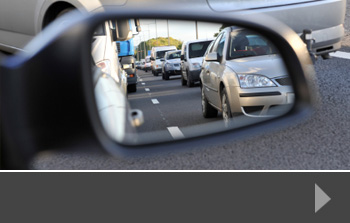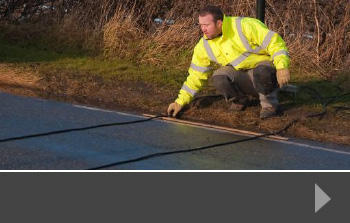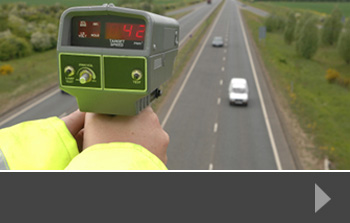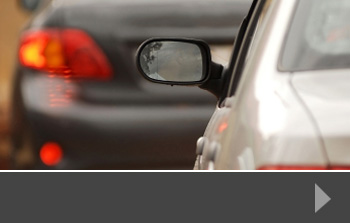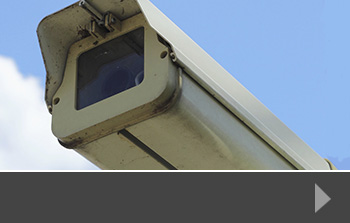Are smart motorways dangerous?
Recent news articles have focused on the potential dangers of smart motorways. These types of motorway have been introduced to large sections of the UK road network, including the M1, M25, M4, M5, M6 and M62 – with other upgrading projects underway. Most drivers are now used to navigating these stretches of road which use flexible lane planning to handle varying levels of traffic. This includes using the hard shoulder as a traffic lane and putting variable speed limits in place.
So, what’s dangerous?
Whilst elements of smart motorways – variable speed limits for example – have helped to reduce congestion and improve journey times, campaigners and road users are particularly worried about using the hard shoulder as a live traffic lane, with reduced opportunities for cars to pull off the motorway safely in the event of an accident or breakdown.
These worries follow a number of injuries and deaths caused by collisions on the hard shoulder. Vehicles travelling in the hard shoulder as a live lane have collided with stationary vehicles at high speed. This not only causes catastrophic loss of life, but also has an impact on the traffic flow on the motorway as lanes have to be closed or reduced for emergency services to attend.
Where do vehicles stop in an emergency?
When the hard shoulder is a ‘live’ lane, there are Emergency Refuge Areas (ERA) available. In earlier upgrades, these ERAs were placed up to 1.6 miles apart, but more recent upgrades should have an ERA every mile. It’s advised that you get to an ERA if you can, but if you can’t, you should stop on the hard shoulder with your hazard warning lights on, call 999 and stay in your vehicle with your seatbelt on. Authorities say that once you have reported your incident, the lane should change to a red X to move traffic out of the hard shoulder until you and your vehicle are recovered.
What does the traffic data say?
According to Transport Minister, Grant Shapps in early 2020, smart motorways reduce the possibility of two moving vehicles colliding. This is because the variable speed limit and additional lane capacity helps to manage the traffic flow better, with less need for sudden braking. However, the data does show that the chance of a vehicle crashing into a stationary vehicle on the hard shoulder is increased when the hard shoulder is being used as a live lane, and there is nowhere else for the stationary vehicle to go.
Traffic survey data from RDS
At Road Data Services, we can give you the data you need to take key decisions about traffic flow, journey times and road safety. Whether you are looking at a specific stretch of road that has seen significant problems, or you are looking at planning applications that have traffic flow implications, we can help. Just contact us today to find out more.



